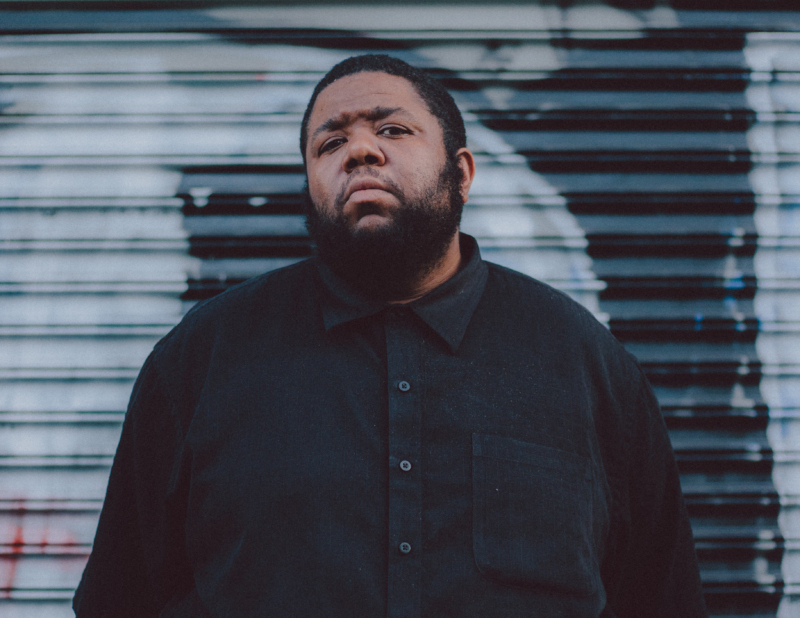Tyshawn Sorey: Autoschediasms
Workshop with Tyshawn Sorey & Kobe Van Cauwenberghe

Multi-day workshop
Tutors: Tyshawn Sorey, Kobe Van Cauwenberghe
Who: Open to all Summer Course instrumentalists and vocalists, with a maximum of 20 participants. The instrumentation is flexible, but we need a good balance between woodwinds, brass, strings, guitar, vocals, keyboard instruments and percussion.
When: Workshop 23-26 July 2025 & Concert 27 July 2025
How to sign up: The registration process is closed. We will let you know on 1 July if you can take part actively.
The Workshop
Participants of the Darmstadt Summer Course are invited to join the Darmstadt Creative Orchestra for a multi-day workshop focused on exploring real-time collective music making through Tyshawn Sorey’s Autoschediasms system. The workshop is led by the composer Tyshawn Sorey, assisted by Kobe Van Cauwenberghe and will end in a public presentation.
About “Autoschediasms”
Tyshawn Sorey’ describes Autoschediasms as a “three-dimensional hybrid system of live composition that is both an evolution of and a departure from the Conduction™ vocabulary of Butch Morris and the Language Music vocabulary of Anthony Braxton.” (source: https://icareifyoulisten.com/2020/10/5-questions-tyshawn-sorey-composer-multi-instrumentalist/) Named after the ancient Greek word for “to extemporize”, Autoschediasms typically involves a large ensemble or orchestra and operates without a pre-written score. Instead, Sorey serves as both composer and conductor, directing the ensemble through a series of cues, gestures, and instructions in real-time. This method allows for a high degree of interpretative freedom among the musicians, who are often given specific parameters or guidelines but must make creative decisions in the moment. The resulting music is a complex tapestry of sound, marked by fluidity, unpredictability, and a deep engagement with the present moment. Each performance of an “Autoschediasm” is unique, shaped by the interaction between the conductor and the musicians, as well as by the particular circumstances of the performance. Sorey’s approach challenges traditional notions of composition, performance, and the role of the conductor, creating a dynamic space where improvisation and composition merge.
Footnotes
-
2 compositions (ensemble) 1989/1991, HatArt